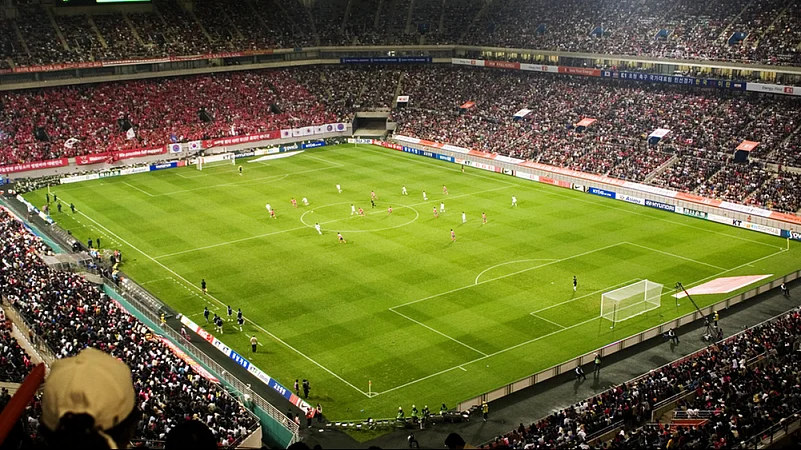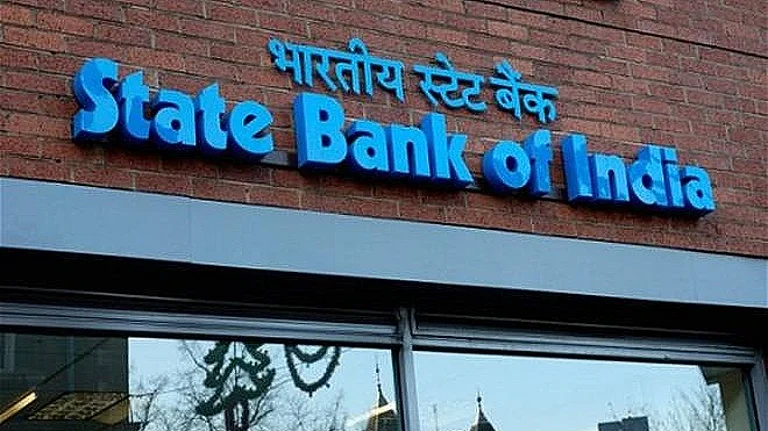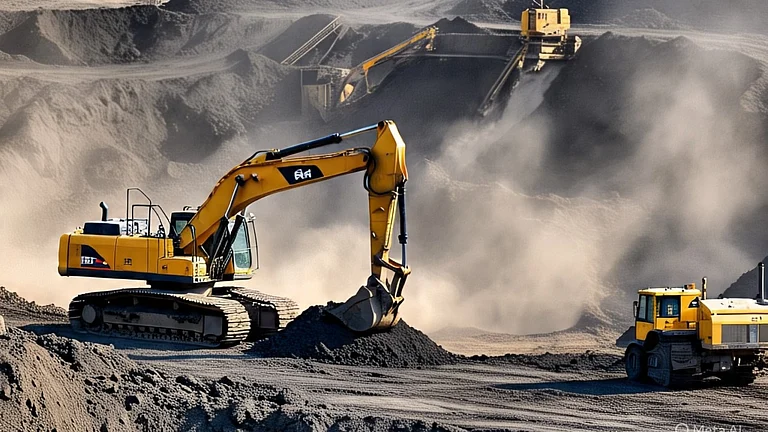As we reflect on the recent Paris Olympics, it's evident that India's rich sporting talent holds immense potential for global recognition. However, to harness this potential and elevate our performance, we must focus on developing our sports infrastructure across the nation. India's impressive youth demographic presents a golden opportunity to cultivate world-class athletes, provided we invest in robust and accessible sports facilities.
Sports infrastructure, such as sports facilities, playgrounds, and training centres, is essential to attract, train, and prepare athletes for mega sporting events. The country has a well-developed sports infrastructure, but it is largely concentrated in major metropolitan cities, leaving smaller cities and towns underserved. Developing sports infrastructure is the need of the hour to make a mark in global sporting events.
However, developing infrastructure with traditional methods requires huge capital expenditure as well as time. India is a vast country with uneven terrain that further complicates infrastructure development by employing traditional methods. Prefabricated construction has emerged as the best solution to bridge this existing infrastructure gap across the country rapidly.
Boosting sports infrastructure with prefab
Sports infrastructure development is a capital-intensive task, requiring huge investment. Prefabricated construction is a cost-effective method compared to traditional approaches. It involves manufacturing building components off-site in a controlled environment, which are then transported and assembled on-site. The bulk manufacturing of components in a factory setting with reduced labour significantly decreases manufacturing costs and facilitates planning for further infrastructure development.
One of the most compelling advantages of prefabricated construction is its ability to speed up the building process. Traditional construction methods are often time-consuming, with various stages such as site preparation, material delivery, and weather-dependent activities creating potential delays. In contrast, prefabrication allows for simultaneous on-site preparation and off-site manufacturing. As a result, this approach can help reduce construction time by up to 50 percent and help bridge the sports infrastructure gap swiftly.
This technique offers a scalable solution that can adapt to the evolving needs of players in smaller cities and towns. It allows for the mass production of standardised components that can be easily replicated across multiple projects. This not only ensures uniformity in quality and design but also facilitates the rapid expansion of infrastructure.
Prefabricated construction is inherently flexible, allowing for the customisation of designs to suit the specific needs of a community. Prefabricated systems can be designed to ensure that the infrastructure is both functional and sustainable. This adaptability makes prefabrication an ideal choice for developing sports infrastructure.
Additionally, Pre-Engineered Buildings (PEB), offers significant environmental benefits. The precision manufacturing process minimises material waste, while the use of recyclable materials like steel reduces the carbon footprint. PEB structures also allow for better insulation, leading to improved energy efficiency in sports facilities.
It also contributes to a circular economy model. The modular nature of prefab components allows for easier disassembly and reuse in future projects. This reduces the demand for new raw materials and minimises construction waste. Furthermore, the controlled factory environment for prefab production enables the implementation of advanced recycling systems and energy-efficient manufacturing processes, further reducing the overall environmental impact.
Prefab construction allows for the integration of sustainable technologies more easily. For instance, solar panels, rainwater harvesting systems, and energy-efficient HVAC systems can be pre-installed or easily incorporated into the modular design. This not only improves the environmental performance of the sports facilities but also reduces long-term operational costs.
These eco-friendly aspects align well with India's commitment to sustainable development and can significantly contribute to reducing the carbon footprint of the sports sector.
Advantages of decentralising sports infrastructure
Decentralising sports infrastructure offers numerous advantages that can significantly impact local communities and the broader sports ecosystem. Spreading sports facilities across various regions helps in nurturing local sports talent by providing access to quality training and resources closer to home. This proximity to facilities encourages greater participation and helps uncover hidden talent that might otherwise go unnoticed.
Additionally, decentralised sports infrastructure generates employment opportunities, both directly and indirectly. The construction and maintenance of sports facilities create jobs in the local area, while the demand for coaches, trainers, and support staff also increases. Local businesses, such as sports equipment shops and hospitality services, benefit from the influx of athletes, teams, and spectators.
Furthermore, decentralisation draws investment into less developed regions. When sports infrastructure is built in these areas, it attracts investors interested in developing sports academies, leagues, and tournaments. This influx of capital stimulates the local economy, leading to improved living standards and further development. Overall, decentralising sports infrastructure is a powerful strategy for fostering talent, boosting employment, and catalysing regional economic growth.
Utilisation of prefab during mega sporting events
The incorporation of prefabrication in major sporting events like the Cricket World Cup 2024, Qatar World Cup 2022, and the Paris Olympics has yielded significant benefits in terms of efficiency, cost-effectiveness, and sustainability.
The ICC Men's T20 World Cup 2024 utilised prefabricated construction for the Nassau County International Cricket Stadium in New York. This modular stadium was designed to accommodate 34,000 spectators and constructed rapidly using prefabricated elements. Moreover, the Qatar World Cup 2022 showcased extensive use of prefabricated materials, particularly in the construction of stadiums and related infrastructure. The Paris Olympics 2024 also integrated prefabrication into various venues, including the aquatic centre and the Olympic village.
The adoption of prefabrication across these major events has led to several positive outcomes. It reduced construction time and labour costs, allowing venues to be completed on schedule. Modular designs enabled venues to be adapted for future use, promoting long-term benefits for the host cities. Most importantly, it lowered environmental impact through minimised waste and the potential for repurposing materials after the events. Prefab construction's adaptability allows for temporary structures that can be easily dismantled and repurposed after events, promoting circular economy principles in sports infrastructure development.
As we look ahead, it is vital for policymakers, urban planners, and the construction industry to unite in embracing prefabricated construction. By decentralising and modernising our sports infrastructure, we can provide all aspiring athletes with the facilities and opportunities they need to excel.
On this National Sports Day, let us commit to advancing India’s sports infrastructure, nurturing our talent, and achieving excellence on the global stage. Through strategic investments and innovative construction methods, we can build a stronger, more inclusive sporting future for our nation.
(Nikhel Bothra, Director, EPACK Prefab)

























